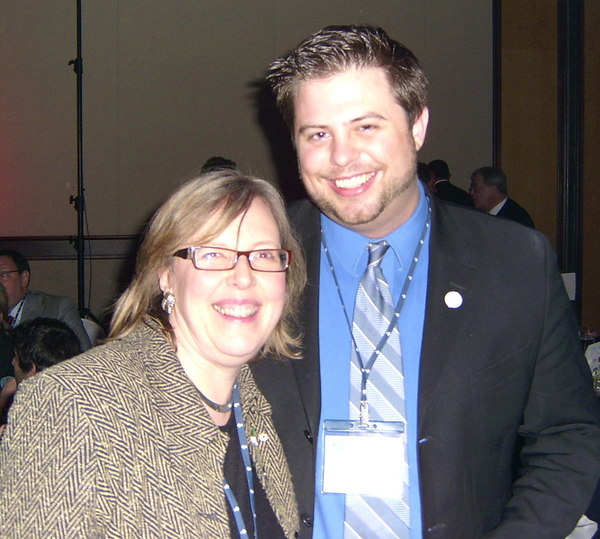I was in question period yesterday to see a bit of Canadian history unfold.
Mr. Kevin Sorenson (Crowfoot, CPC):
Mr. Speaker, as part of our campaign promise for democratic reform, our Conservative government put forward Bill C-43, which establishes the national process for consulting Canadians on their preferences for Senate appointment through election. We have recently learned that Senator Dan Hays, who holds the seat from Alberta, will be retiring from the Senate after it rises for the summer.Could our Prime Minister advise the House, Canadians and Albertans on how he will be filling this vacancy?
Right Hon. Stephen Harper (Prime Minister, CPC): First, Mr. Speaker, let me take the opportunity to congratulate Senator Hays on his long public service, including his role as leader of the opposition and Speaker of the Senate.
We do have Bill C-43 tabled. On the other hand, the province of Alberta did some time ago hold a popular consultation for the filling of a Senate vacancy. When that seat comes due, I will recommend to the Governor General the appointment of Mr. Bert Brown.
This is fantastic news for western populists who have been championing senate reform for the past 20 years.
The resignation of Hays has allowed Harper to accelerate the appointment of an elected senator and to realize an old Reform Party ideal.
Once the process of appointing senators becomes normalized, it will be difficult for Prime Ministers to make unelected appointments.
Senate reform may become a key aspect of this Prime Minister’s legacy, despite the fact that it began with the less than ideal appointment of Michael Fortier.
UPDATE: Yukon urged to follow suit
